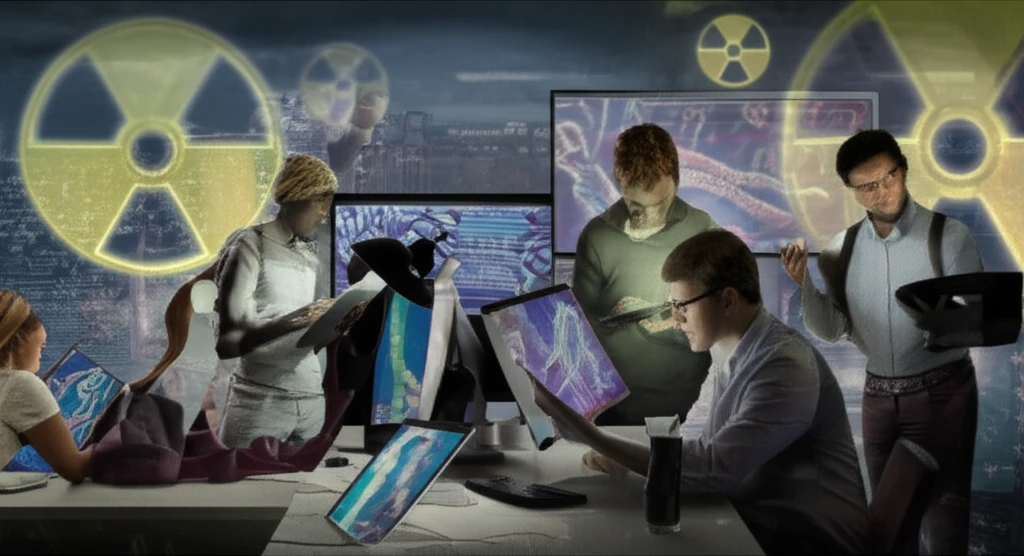
Can Citizen Scientists Help During Nuclear Emergencies? Training Everyday People for Biodosimetry
"New research explores how electronic training tools can empower ordinary citizens to assist in radiation dose assessment during mass casualty events."
In the event of a nuclear or radiological incident, quickly determining who has been exposed to dangerous levels of radiation is critical. The dicentric chromosome assay (DCA) is the gold standard for measuring radiation exposure in individuals, but it's a complex and time-consuming process.
Traditional DCA requires specialized laboratory equipment and highly trained personnel, creating a bottleneck when dealing with a large number of potential victims. To address this challenge, researchers are exploring ways to increase the surge capacity of trained personnel who can perform DCA.
A recent study published in Applied Radiation and Isotopes investigates the development of electronic training and telescoring tools to equip ordinary citizens with the skills to assist in dicentric chromosome scoring. This article explores the findings of this research and its implications for improving emergency response capabilities.
Empowering Citizen Scientists: A New Approach to Biodosimetry

The study focused on creating user-friendly electronic training modules and telescoring platforms to train volunteers in identifying dicentric chromosomes. These tools were designed to be accessible to individuals with no prior experience in radiation cytogenetics.
- Electronic Training Modules: Web-based modules with clear instructions and practice images.
- Telescoring Platform: A system for remote analysis of digital microscope images.
- Performance Evaluation: Comparison of volunteer scores against those of experienced cytogeneticists.
The Future of Emergency Biodosimetry: A Collaborative Approach
This research highlights the potential for citizen scientists to play a crucial role in radiation emergency response. By leveraging electronic training tools and telescoring platforms, we can significantly increase the number of individuals capable of assisting with DCA, improving our ability to rapidly assess radiation exposure in mass casualty events.
The study also underscores the importance of continued development and refinement of these training programs. Future research should focus on optimizing the training modules, incorporating more complex image analysis scenarios, and expanding the pool of trained volunteers.
Ultimately, a collaborative approach involving professional experts and trained citizen scientists will be essential for ensuring effective biodosimetry response in the face of radiological or nuclear emergencies. This network can facilitate sample sharing and rapid biodosimetry processing.
